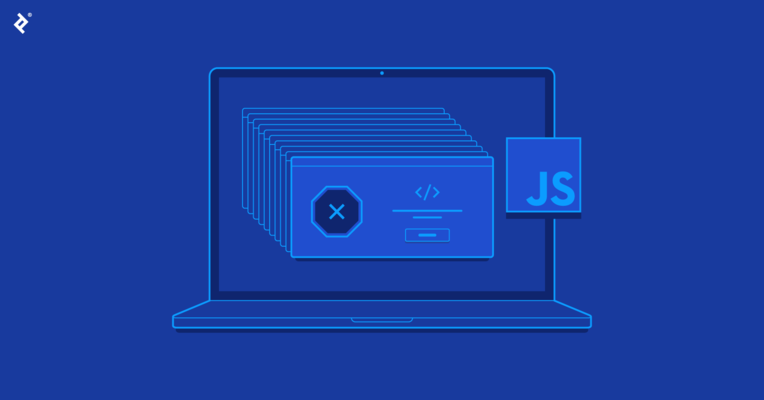Hire Freelance Mach-II Developers and Engineers
Michael Valasanyan
Michael loves designing complex solutions that require a creative and analytical approach combined with the adoption of new technologies and methodologies. He enjoys traveling and working in a culturally diverse and global environment, communicating with international teams, and creating real value for customers.
Show MoreDiscover More Mach-II Developers in the Toptal Network
Start Hiring































